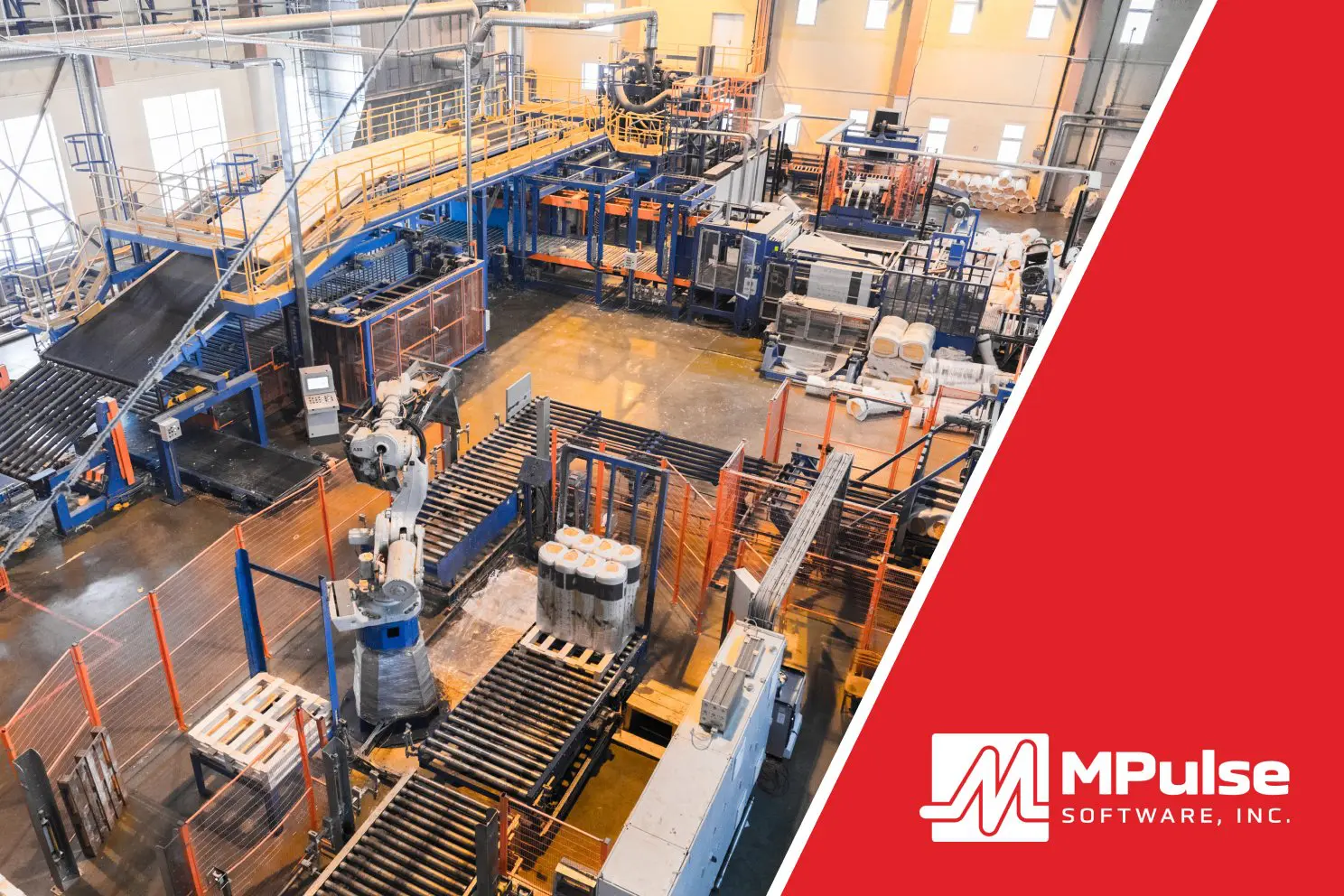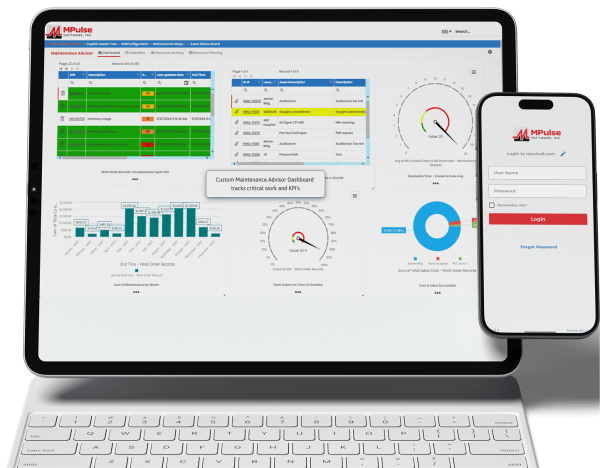Organizations know that assets can easily cost more than they’re worth, particularly as they age. Your oldest equipment might be costing you the least amount of money in repairs—or the most—but you’ll only know if the data is there.
MPulse captures a wealth of data on equipment history with every work order or scheduled preventive maintenance task. Here’s how.
Table of Contents
Step 1: Create or Edit an Asset
In MPulse’s main dropdown menu, choose Capital Assets to either create or edit the asset. Pick the asset type: Equipment, Buildings, Grounds, Rooms, or Vehicles.

If you’re creating a new record, click the + button in the top right-hand corner. If you’re editing an existing record, find the correct asset on the left, and then click the pencil icon in the top right-hand corner.

Click on the checkmark icon in the top right-hand corner to save any changes or edits.
Step 2: Fill Out Asset Details
Next, you’ll want to either fill out or edit the general asset details in the asset record. On the General tab, you find all the critical fields. These are available and consistent with every asset. You can find meter readings on the Service tab. You also can link inventory items for the asset ahead of time on the Inventory tab.

This information will automatically become part of a work order for this asset.
Step 3: Create a Work Order
You can create a work order directly from the asset record through the Procedures icon in the top right-hand corner. All the global fields from the asset record will follow through to the work order. The Meter readings and Inventory data will also follow through to the work order.

With each work order or preventive maintenance task on an asset, you can capture a wealth of equipment history data that will accumulate over time. You’ll be able to report on that data using MPulse’s custom reports. (Click here for instructions.)
MPulse can help your team gather the right data, as well as help your organization get the most out of its investments. As a result, you can make informed decisions about the condition of every asset, and whether it’s better to repair or replace it when the time comes.
Have questions? We’re here to help. Contact us.
[related-content]






